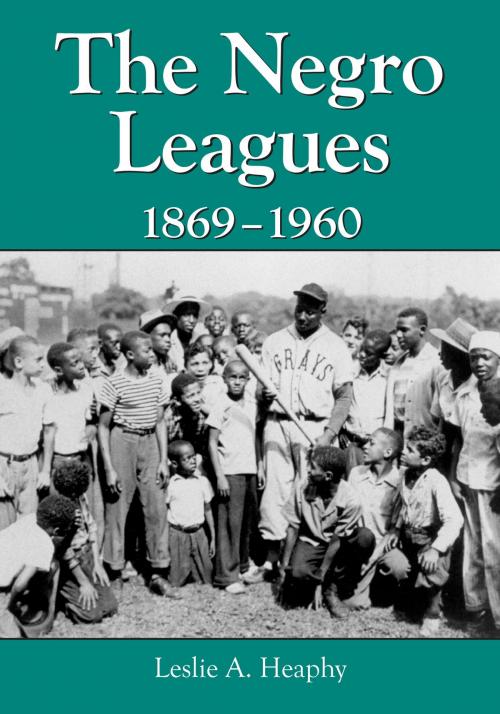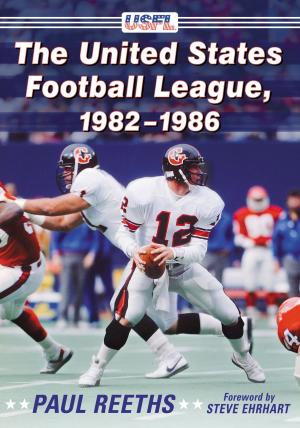The Negro Leagues, 1869-1960
Nonfiction, Sports, Baseball, History, Social & Cultural Studies, Social Science, Cultural Studies, African-American Studies| Author: | Leslie A. Heaphy | ISBN: | 9781476603056 |
| Publisher: | McFarland & Company, Inc., Publishers | Publication: | March 13, 2015 |
| Imprint: | Language: | English |
| Author: | Leslie A. Heaphy |
| ISBN: | 9781476603056 |
| Publisher: | McFarland & Company, Inc., Publishers |
| Publication: | March 13, 2015 |
| Imprint: | |
| Language: | English |
At his induction into the Baseball Hall of Fame, former Negro League player Buck Leonard said, “Now, we in the Negro Leagues felt like we were contributing something to baseball, too, when we were playing.... We loved the game.... But we thought that we should have and could have made the major leagues.” The Negro Leagues had some of the best talent in baseball but from their earliest days the players were segregated from those leagues that received all the recognition. This history of the Negro Leagues begins with the second half of the 19th century and the early attempts by African American players to be allowed to play with white teammates, and progresses through the “Gentleman’s Agreement” in the 1890s which kept baseball segregated. The establishment of the first successful Negro League in 1920 is covered and various aspects of the game for the players discussed (lodgings, travel accommodations, families, difficulties because of race, off-season jobs, play and life in Latin America). In 1960, the Birmingham Black Barons went out of business and took the Negro Leagues with them. There are many stories of individual players, owners, umpires, and others involved with the Negro Leagues in the U.S. and Latin America, along with photos, appendices, notes, bibliography and index.
At his induction into the Baseball Hall of Fame, former Negro League player Buck Leonard said, “Now, we in the Negro Leagues felt like we were contributing something to baseball, too, when we were playing.... We loved the game.... But we thought that we should have and could have made the major leagues.” The Negro Leagues had some of the best talent in baseball but from their earliest days the players were segregated from those leagues that received all the recognition. This history of the Negro Leagues begins with the second half of the 19th century and the early attempts by African American players to be allowed to play with white teammates, and progresses through the “Gentleman’s Agreement” in the 1890s which kept baseball segregated. The establishment of the first successful Negro League in 1920 is covered and various aspects of the game for the players discussed (lodgings, travel accommodations, families, difficulties because of race, off-season jobs, play and life in Latin America). In 1960, the Birmingham Black Barons went out of business and took the Negro Leagues with them. There are many stories of individual players, owners, umpires, and others involved with the Negro Leagues in the U.S. and Latin America, along with photos, appendices, notes, bibliography and index.















